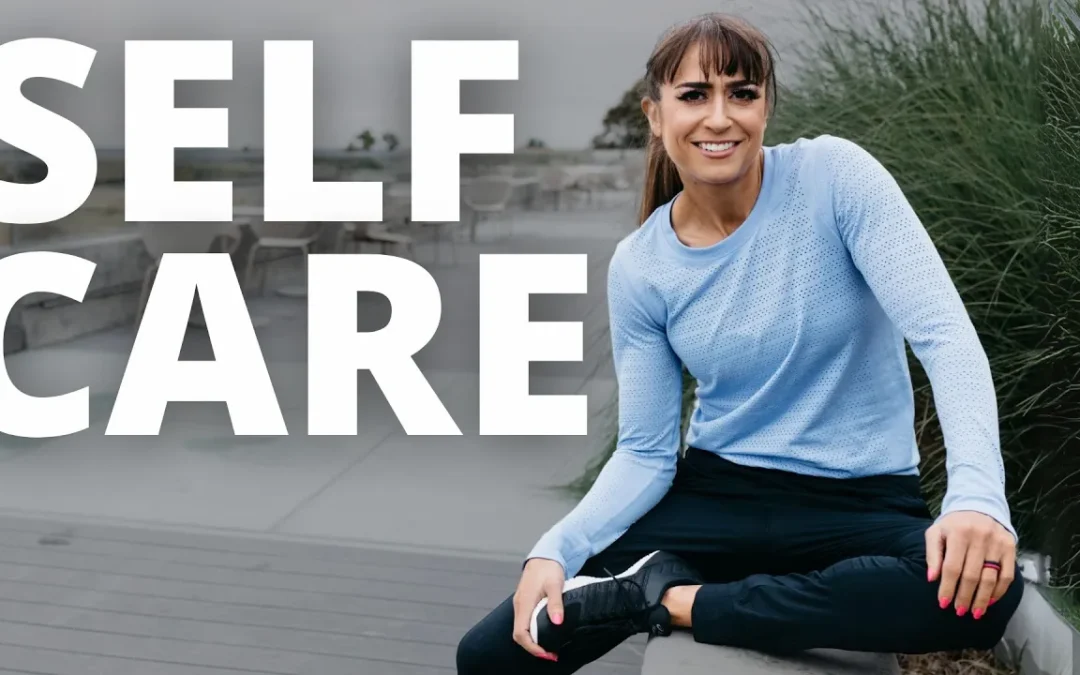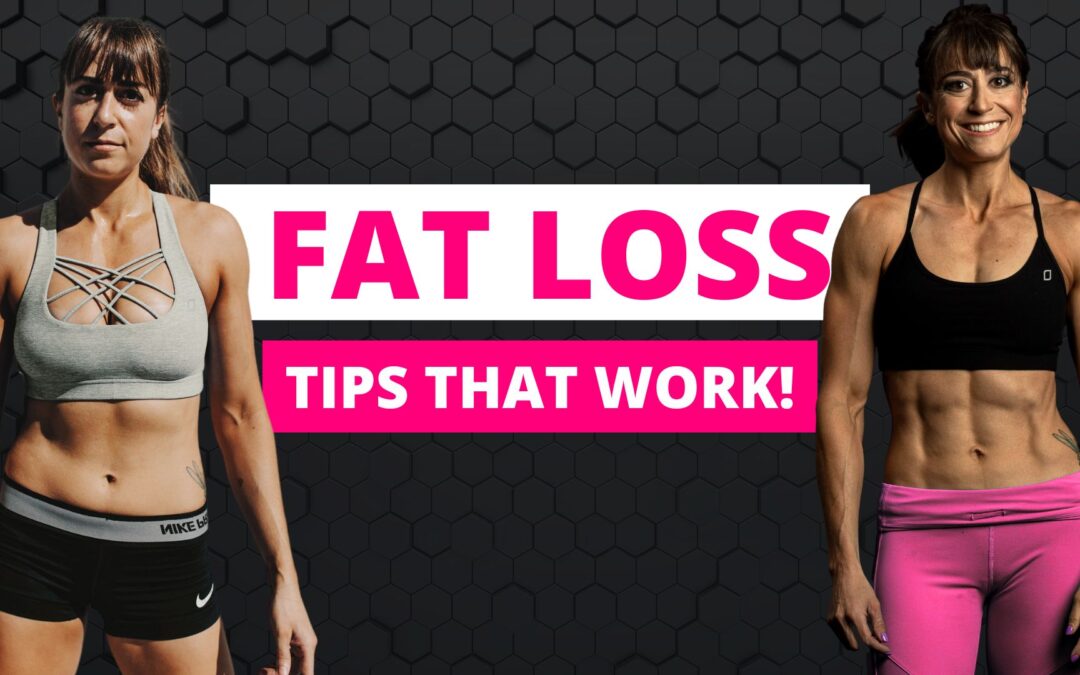
by Cori Lefkowith | Nov 21, 2024 | podcast
LISTEN HERE 7 WATCH HERE 7 TRANSCRIPT 7 OPEN TRANSCRIPT Cori (00:00):Hey guys, this is Cori from Redefining Strength. Welcome to the Fitness Hacks Podcast. This is the show where I share all my free workout and nutrition tips. I’m not going to ever fill this...

by Cori Lefkowith | Nov 17, 2024 | Blog, Diet, Workouts
Stop believing that losing weight and maintaining your results has to be a full time job. Because it doesn’t. And the more we act like it has to be, the more we’re ultimately sabotaging ourselves. We’re just creating unsustainable habits that, while they may yield...

by Cori Lefkowith | Nov 11, 2024 | Blog, Exercises, Workouts
You’ve got to embrace being uncomfortable and really challenging yourself with exercises if you want to build muscle, especially the longer you’ve been working out. And this doesn’t mean just feeling like you worked hard and that the reps and sets you did felt...

by Cori Lefkowith | Nov 5, 2024 | podcast
LISTEN HERE 7 WATCH HERE 7 TRANSCRIPT 7 OPEN TRANSCRIPT Cori (00:00):Hey guys, this is Cori from Redefining Strength. Welcome to the Fitness Hacks Podcast. This is the show where I share all my free workout and nutrition tips. I’m not going to ever fill this...

by Cori Lefkowith | Nov 3, 2024 | Blog, Diet
I’m not going to waste your time in the video going over the obvious protein foods – chicken, beef, pork, fish, shellfish, seitan, tempeh, eggs, greek yogurt, protein powders… Instead, I want to highlight all the foods we often don’t think about that are higher...






